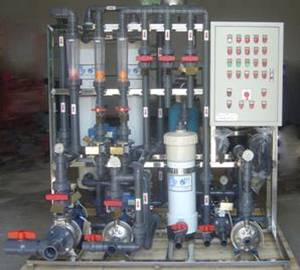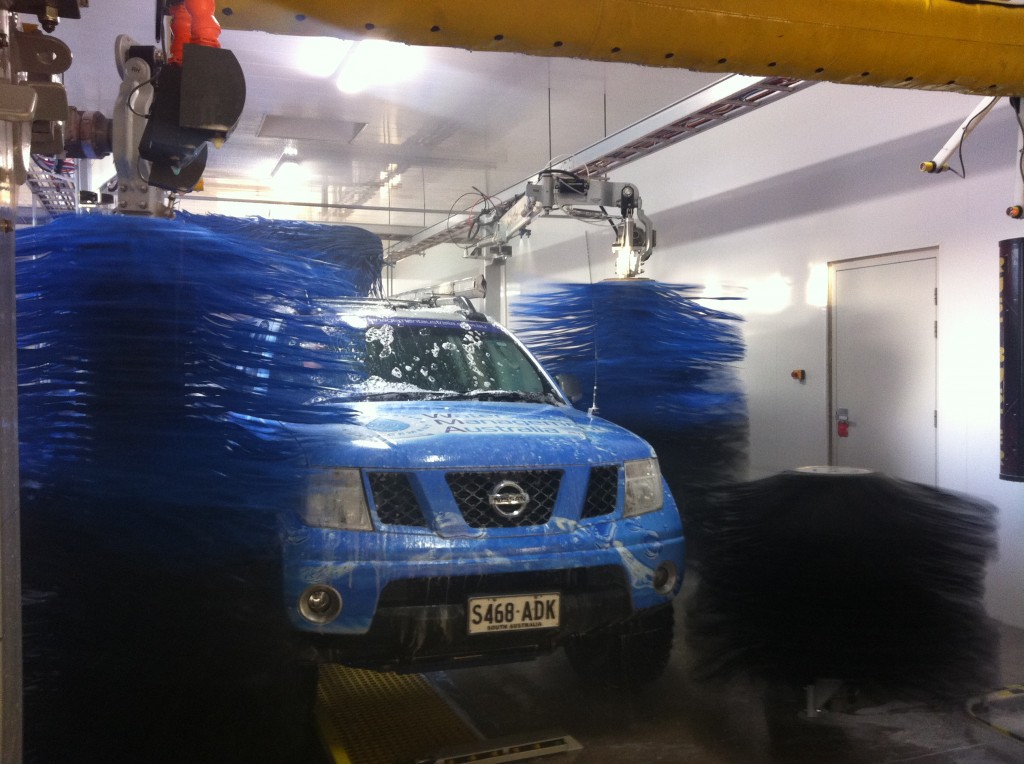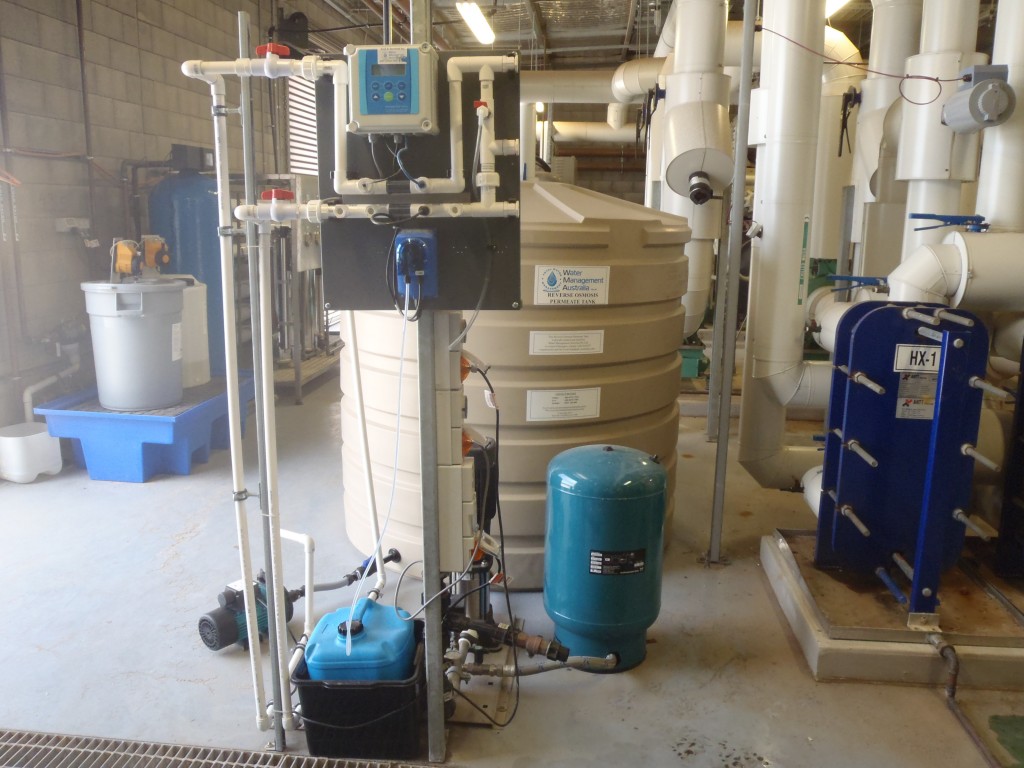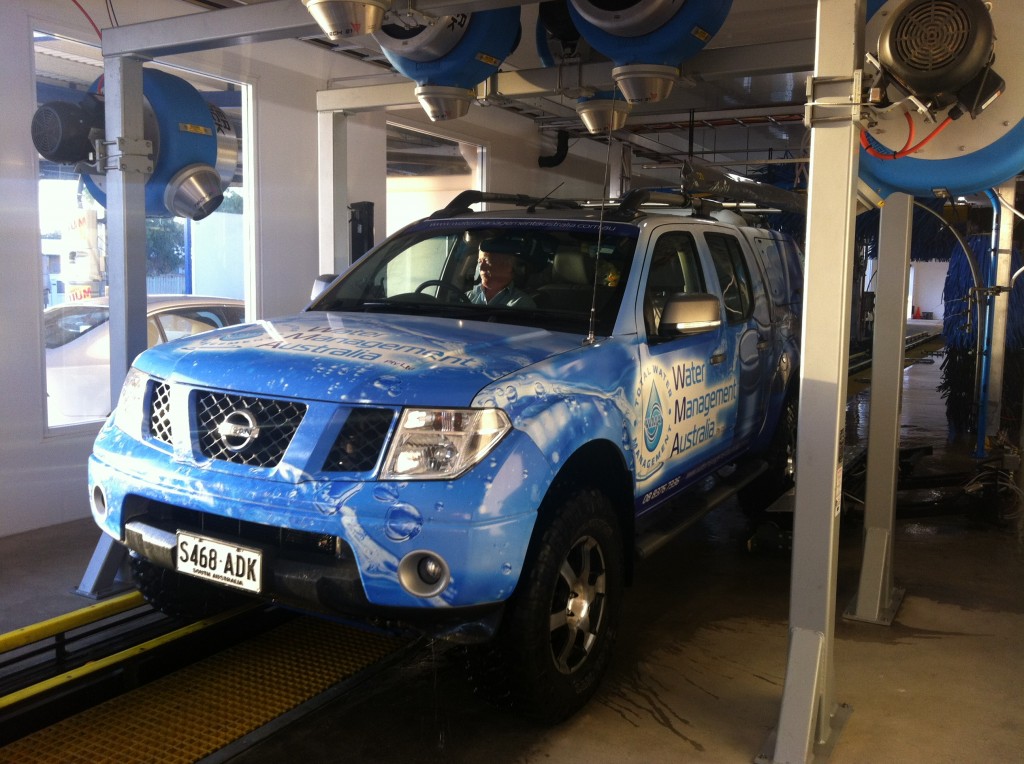Water Management Australia Pty Ltd designs, manufactures, installs & services a wide range of waste water treatment & recycling systems. All of our systems have been engineered for quality, performance, economy & ease of use.
There are normally three stages in car wash water treatment & recycling systems:
- Primary separation & settlement
- Secondary separation & filtration
- Final filtration & disinfection
We laboratory analyse your existing waste water, make-up water & feed water to determine the best way to treat & reuse your waste water.
Although there are numerous types of filtration available, we normally supply low maintenance filtration systems to minimise operator input & time.
We recommend the use of:
- simple in bay dirt traps which can be emptied into waste bins to reduce the load on the waste water treatment system substantially.
- easily removable coarse strainers to catch large debris before they enter treatment tanks & cause pump blockages.
- correctly sized primary settlement tanks so solids have sufficient time to settleout & reduce the loading on system components down stream.
- WMA flocculants to assist with settling finer suspended solids.
WMA’s filters include:
- Carbon filtration for very fine filtering & detergent removal
- Media filtration such as sand & gravel
- Paper filtration
- Cyclonic or vortex filtration
- Basket filter or debris strainer
- Filter press or continuous paper
We do not generally recommend the use of chlorine as a disinfectant because:
- It does not work very well at higher pH ranges
- It carries a residual in water for a long time
- It is extremely corrosive
- It can be hazardous to handle
- If the chlorine residual is too high it will effect the wash quality such as effect on waxes
We typically recommend the use of ozone as a disinfectant in car wash waste water treatment because:
- It is very active & kills almost all pathogens
- It will bleach colours better than almost all other oxidisers
- It leaves no residual
- It oxidises detergents
We generally recommend good aeration to assist odour control. Aeration provides oxygen to control anaerobic bacteria which are responsible for many bad odours.
Biological systems control bacterial growth which limits anaerobic bacteria & the growth of harmful pathogens. Enhanced growth of aerobic bacteria which consume organic matter thereby reducing the growth of anaerobic bacteria. These systems are:
- Extremely effective
- Able to consume detergents & hydrocarbons as organic food
- Able to control all organic material which produces good quality recycled water
- Excellent at controlling odours
- Inexpensive to operate





